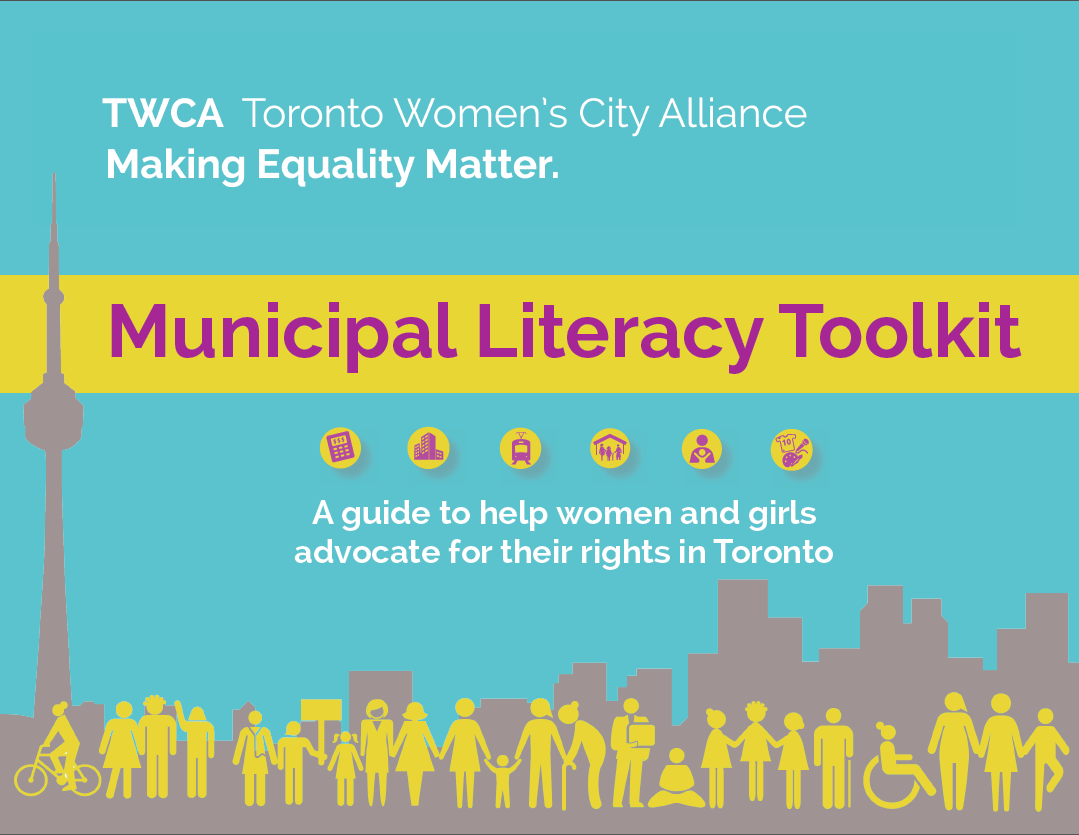The Update on Shelter Occupancy and the Quality Assurance Review of Shelter Access released by Shelter, Support and Housing Administration paints a picture of a shelter system that is bursting at the seams. Every night, women’s shelters in Toronto are operating at a capacity of 97% or higher. The report states that women are calling shelters and regularly being told that there are no spaces, are re-directed or have to wait hours for a bed to become available.
Research shows that women who are homeless are more likely to experience violence and recent events have confirmed this to be true. This past October, a woman who was not able to find a shelter bed was sexually assaulted twice in one night- ironically on the steps of what is usually a safe space for homeless persons. This should never have happened and we need to do more to ensure that all women have a safe place to sleep at night.
The creation of a new women’s shelter is one step forward to address the current crisis. However even with these 30 additional beds, the projections for 2014 show that the women’s shelters will still be operating at 97% capacity. City Council has made a commitment to shelter occupancy rates of < 90%. We need to ensure that this 90% means that ALL categories of shelters remain under 90% occupancy. We urge this committee to take the appropriate steps to ensure that women’s shelters remain under 90% capacity.
Shelter conditions are also a concern for all shelter residents and as this report shows, 24% of residents feel that they are overcrowded. The use of flex beds as part of the shelter occupancy rates means that beds are being added to already crowded shelters, creating even more cramped and inhumane conditions. Surveys of shelter users have also pointed to a need for additional training for staff to ensure that our shelters are a welcoming and inclusive place for LGBTQ and Aboriginal communities. This is necessary in order to provide a truly safe space for the City’s most vulnerable women— consultation and resources should be allocated to ensuring that all staff are provided with appropriate training.
TWCA urges Shelter, Support & Housing Administration staff to implement the short-term measures described in the report to immediately address the current crisis within our shelter system. In addition, we believe that the City should expedite the process to establish a 24 hour safe drop-in or low-barrier shelter for women as a temporary measure while the short-term and long-term improvements to the shelter and housing systems are implemented.
The strategies outlined in the Housing Stability Service Planning Framework are a good start to address the ongoing challenges of homelessness. In order for this framework to work, it should have specific targets, indicators and timelines for implementation that should be done in consultation with community stakeholders and service users. City Council should make a firm commitment towards this plan and provide the resources so that it can succeed.
Finally, TWCA urges City Council to call on the federal and provincial governments to adequately fund the City of Toronto. The City must have the financial means to address the needs of homeless women and, equally importantly, to immediately provide funding for affordable housing in Toronto.





